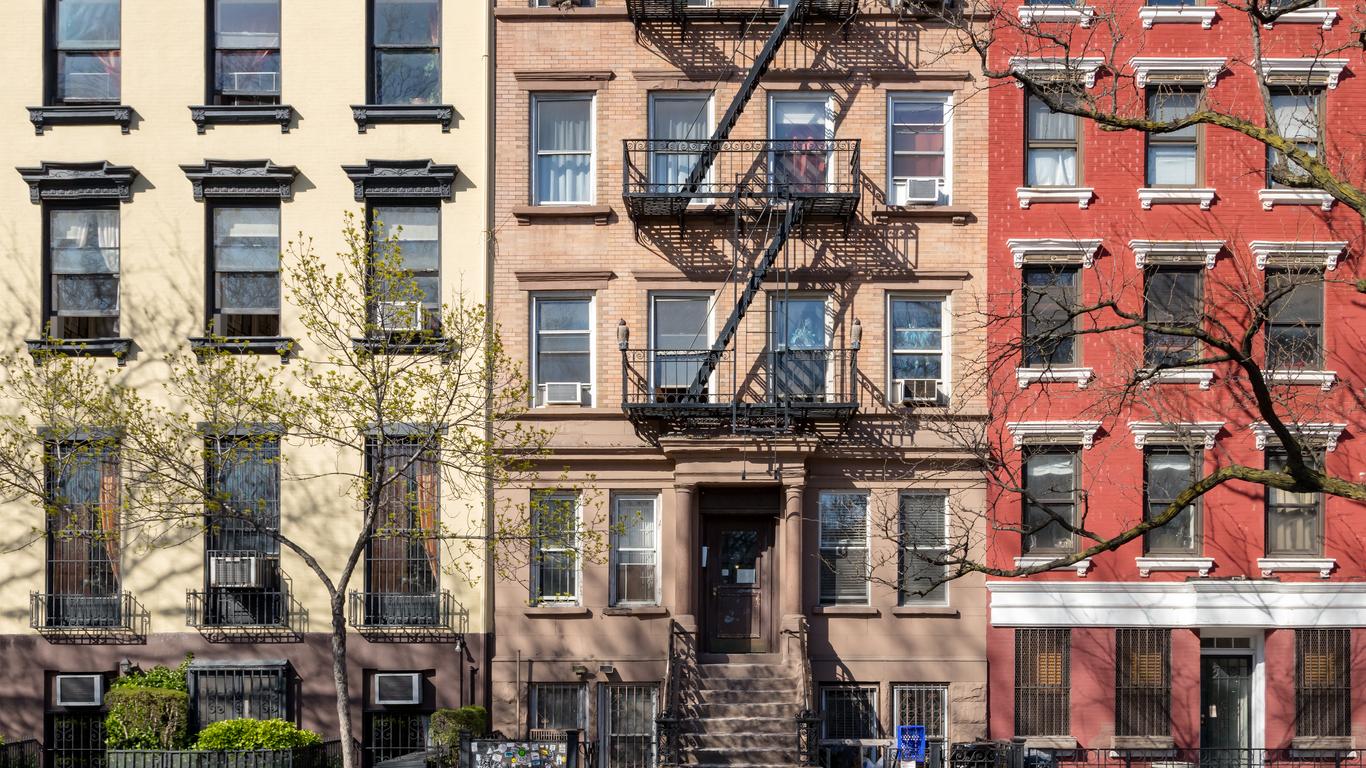Establishing itself as a centre for counterculture in New York City, the East Village hugs the East River in the southern part of Manhattan. While it was home to large populations of Russian, Ukrainians and Jews during the first part of the 20th century, the Beatnik culture of the 1950s inspired artists, musicians and students to move in, each of which has left their mark in unique watering holes, galleries and poetry cafes.
Tompkins Square Park is the recreational heart of the East Village, located in the Alphabet City neighbourhood and long associated with protests and movements in the area. The surrounding streets were initially established as an ethnic enclave for German, Polish, Hispanic and Jewish populations, although today they are more noted for their Japanese noodle shops and bars of St Marks Place. To the west lies the Bowery, once synonymous with drug rehabilitation centres and homeless shelters, and now home to luxury condominiums following the East Village’s rapid gentrification. Little Ukraine lies to the north, serving as a cultural hub for Ukrainian Americans and anchored by St. George’s Catholic Church, while numerous community gardens, including La Plaza Cultural and the Children’s Learning Garden, dot the area.
The East Village is served by four metro stops on its perimeter, together with a few buses that travel through the neighbourhood and connect it to the rest of Manhattan. But considering its small size, it’s easy enough to explore on foot and uncover unique shops, cafes and bars that make the East Village such a vibrant destination.
A largely rural area since Dutch settlement, it was in the 1840s that Irish and German immigrants moved into what was then part of the Lower East Side, transforming it into a residential area for the working class. Further waves of immigrants following World War II saw slums begin to develop, and the area to the north decided to disassociate itself by changing its name to the “East Village”, a term that was later adopted in the 1960s.





